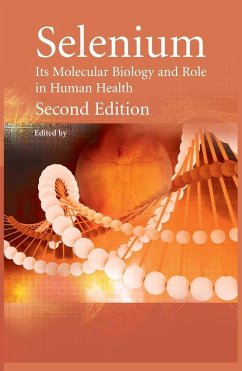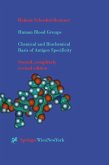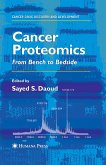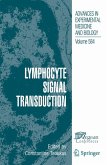Selenium is an essential trace element in the diet of humans and many other life forms. As discussed in this book, selenium plays an important role in preventing certain forms of cancer, heart disease and other cardiovascular and muscle disorders. Evidence points to numerous other health benefits including an indispensable function in development, male reproduction and the immune system. In addition, selenium serves as an antiviral agent and may delay the onset of AIDS in HIV positive patients and delay the aging process. This element occurs primarily in cellular proteins in the form of a novel amino acid selenocysteine. Selenocysteine is the 21st amino acid in the genetic code and is cotranslationally incorporated into protein in response to the codon, UGA. Selenoproteins control redox homeostasis and are involved in variety of cellular pathways. The emphasis of this book is on the current status of the molecular biology of selenium. The importance of this element in human health is also highlighted.
Dieser Download kann aus rechtlichen Gründen nur mit Rechnungsadresse in A, B, BG, CY, CZ, D, DK, EW, E, FIN, F, GR, HR, H, IRL, I, LT, L, LR, M, NL, PL, P, R, S, SLO, SK ausgeliefert werden.









